Lab clamps come in various types, such as 3-prong, burette, and utility clamps. 3-prong clamps secure round objects, burette clamps hold burettes during titration, and utility clamps are versatile for holding a variety of lab apparatus.
Welcome to the world of laboratory apparatus! If you're just stepping into the fascinating realm of scientific experimentation, understanding the basics is crucial. Lab clamps play a pivotal role in securing various apparatus, ensuring precision and safety in your experiments. In this beginner-friendly guide, we'll unravel the mystery behind different types of lab clamps and their uses, providing you with a solid foundation to navigate the intricate landscape of laboratory equipment. Let's dive in and explore the tools that hold the key to seamless scientific exploration.
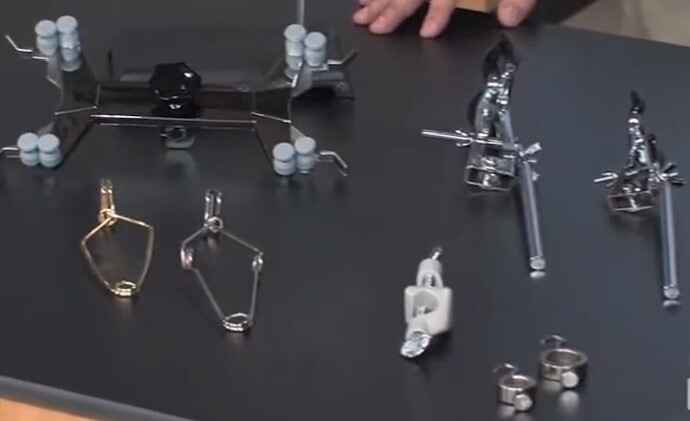
You know that having the right lab clamps is essential if you work in a lab. But with so many different types and sizes of lab clamps on the market, how do you know which ones are right for you?
Here are seven factors to consider when choosing lab clamps:
1. The size of the lab clamp.
Lab clamps come in different sizes, so choosing the right size for your needs is essential. You'll need a larger clamp if you need to clamp large pieces of equipment or materials.
2.. The material of the lab clamp.
Lab clamps are usually made of metal, but some are also plastic. Plastic lab clamps are typically used for lighter-weight materials, while metal lab clamps can be used for heavier-weight materials.
3. The opening of the lab clamp.
The size of the opening on a lab clamp will determine how big of an object or material it can hold. You'll need a lab clamp with a large opening if you need to clamp large things or materials.
4. The Jaw type of lab clamp.
Alligators and C-clamps have different types of jaws. Alligator clamps have flat jaws that can grip flat surfaces, while C-clamps have serrated jaws that can grip irregular surfaces.
5. The Jaw Material of the lab clamp.
The jaws of lab clamps are usually made of metal, but some are also made of plastic. Plastic lab clamps typically have softer jaws that are less likely to damage delicate materials, while metal clamps have harder jaws that can grip tougher materials.
6. The Clamping Force of the lab clamp.
The force a lab clamp can exert is determined by its size and material. Larger lab clamps can exert more force than smaller ones, and metal lab clamps can exert more force than plastic lab clamps.
7. The Price of the lab clamp.
Lab clamps vary in price, so it's important to find one that fits your budget. Keep in mind that you usually get what you pay for when it comes to lab clamps. Higher-quality lab clamps will typically cost more than lower-quality ones.
When choosing lab clamps, it's essential to consider these factors. By doing so, you'll be sure to find the right lab clamp for your needs.
Different types of lab clamps and their uses
Lab clamps are essential tools in laboratory settings for securing and holding various types of equipment, such as glassware, burettes, thermometers, and other apparatus, in place during experiments and procedures. There are several different types of lab clamps, each designed for specific purposes. Here are some common types of lab clamps and their uses:
1. Bosshead Clamp
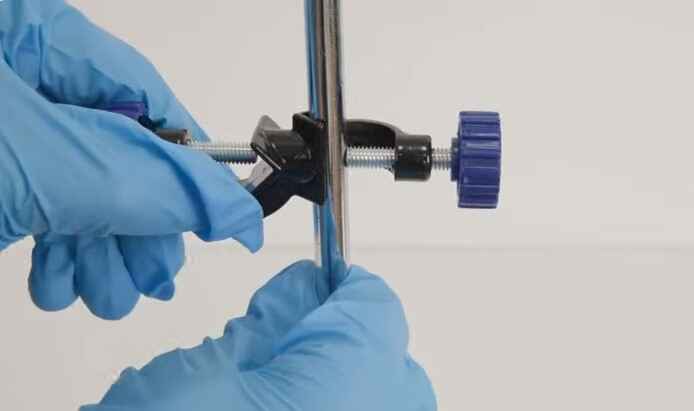
A bosshead clamp, also known simply as a bosshead or a clamp holder, is a laboratory apparatus used to securely hold various items in place on a laboratory stand or support rod. It is an essential tool in many chemistry and biology laboratories for setting up and conducting experiments. Bosshead clamps are commonly used for holding items such as burettes, test tubes, thermometers, condensers, and other equipment.
Bosshead clamps are versatile tools that contribute to the safety and efficiency of laboratory work. They allow researchers to position and secure equipment precisely, ensuring accurate and reproducible experiments while minimizing the risk of accidents or spills.
2. Burette Clamp
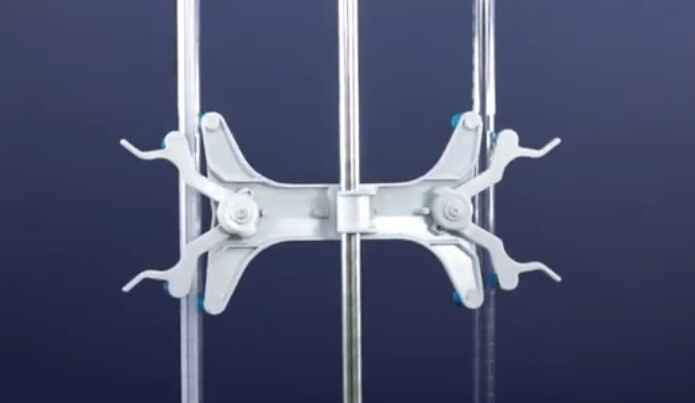
A burette clamp is a laboratory apparatus designed to securely hold and support a burette, a graduated glass tube used for precise measurement and delivery of liquid volumes in chemistry experiments. It typically consists of a spring-loaded clamp mechanism attached to a vertical rod, which can be fastened to a laboratory stand or other support structure. The clamp's adjustable design allows for easy positioning and fixation of the burette at a desired height and angle.
Burette clamps are indispensable in titration experiments, where they ensure accurate and controlled dispensing of reagents while freeing up the experimenter's hands for other tasks, thus promoting precision and safety in the lab.
3. Chain Clamps
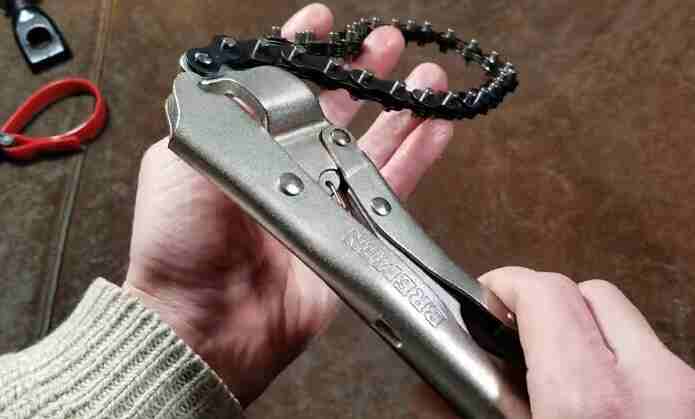
Chain clamps are a type of clamp used to hold parts together while being welded.
They are usually made from metal and have two clamping jaws that open and close around the welded part. The jaws are connected to a chain, which is then tightened by a screw or lever to hold the parts in place.
Chain clamps are an essential piece of equipment for welding because they ensure that the welded parts stay in place and do not move around while the welding takes place. This helps to produce a smooth, consistent weld and prevents any damage from occurring to the parts.
4. Closed Yoke Clamps
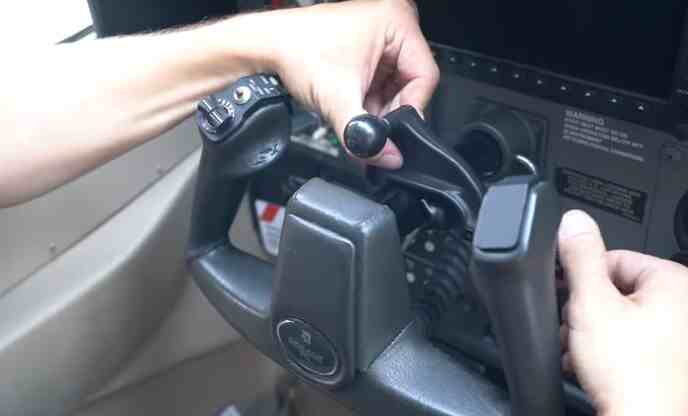
A closed-yoke clamp is a fastener with two semicircular metal plates hinged at one end and joined together by a bolt. It is tightened around an object to hold it in place. Closed-yoke clamps are commonly used in manufacturing, woodworking, and construction.
One of the most common uses for closed-yoke clamps is to secure a workpiece to a table or bench top. They can also join two pieces of wood together or hold pipes and other objects in place. Closed-yoke clamps come in various sizes and can be easily adjusted to fit different shapes and sizes.
5. Flask Clamps
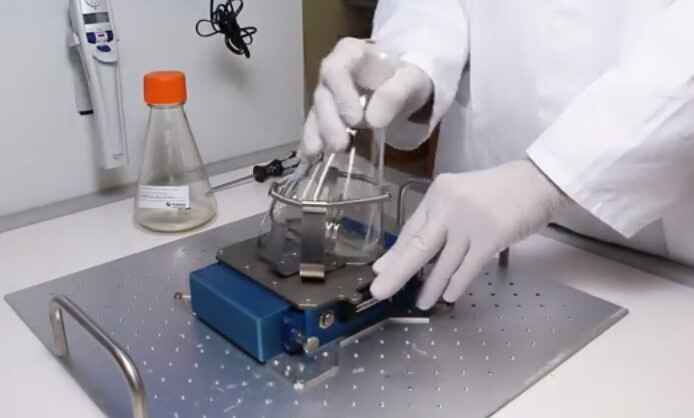
Flask clamps are laboratory tools designed to securely hold and stabilize glass or plastic flasks of various sizes and shapes. They are typically composed of adjustable metal or plastic arms with spring-loaded grips that can be clamped onto the neck of a flask.
Flask clamps serve a crucial role in scientific research and experimentation, ensuring that containers remain in a fixed position during processes such as mixing, heating, or chemical reactions.
They are widely used in chemistry, biology, and other scientific disciplines, providing researchers with a stable and safe platform to work with liquid solutions or suspensions, preventing spills or accidents.
6. Fixed-Position Clamps
A fixed-position clamp is a type of clamp that attaches to a fixed object to hold or secure something else in place. It has two hinged arms that open and close around the object to be clamped, and it usually has a screw mechanism or lever that tightens the arms around the object to hold it in place.
Fixed-position clamps are commonly used in woodworking and carpentry, where they are used to hold boards or pieces of wood in place while being cut or drilled. They can also be used for general repairs and projects around the home, such as securing pipes or wires.
7. Hemostatic Clamp
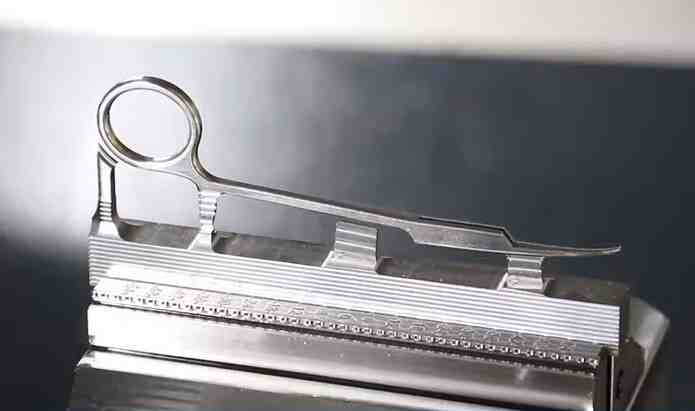
A hemostatic clamp is a medical device used to control bleeding from a surgical wound. It can be applied manually or with the help of a mechanical device. The hemostatic clamp helps control blood loss by compressing the vessels and stopping blood flow. It is also used to prevent re-bleeding after surgery.
8. Lab Jacks
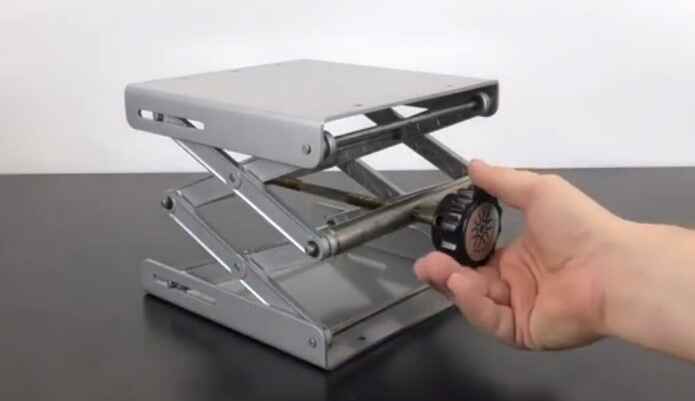
A lab jack is an equipment used to raise or lower specimens or test equipment. Lab jacks are often used to change a microscope's height or place large equipment on a tabletop. They are also used as workbenches in laboratories. Some models have hydraulic lifts for increased range and power.
Lab jacks come in a variety of shapes and sizes, but all share the common purpose of being able to raise or lower laboratory equipment. The use of lab jacks can make laboratory work easier and more efficient by providing a stable platform for testing and observation.
9. Lab Stand
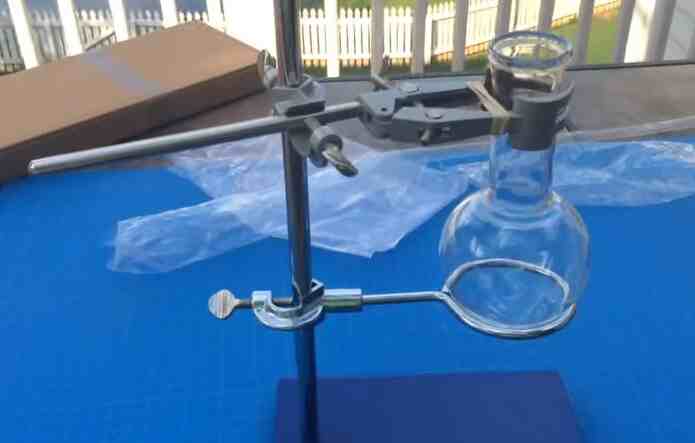
A lab stand is a support apparatus used in scientific laboratories to hold laboratory glassware, beakers, and other equipment. It typically consists of a metal base with a vertical column rising. The column is fitted with several adjustable clamps to hold the glassware in place.
Lab stands are used for several purposes: to hold test tubes and flasks while they are being heated or mixed; to suspend glassware in an airtight container for distillation or chromatography; and to hold stirring rods, thermometers, and other instruments. They vary in height so that different pieces of glassware can be accommodated, and some have removable clamps so that different-sized pieces of glassware can be used.
10. Pipette Clamp
A pipette clamp is a laboratory tool designed to securely hold and stabilize pipettes during various scientific procedures.
Typically made of durable materials like metal or plastic, it features an adjustable mechanism that can accommodate different sizes of pipettes.
Its primary function is to prevent accidental spills or contamination by providing a firm grip on the pipette, allowing for precise and controlled liquid handling.
Pipette clamps are indispensable in tasks such as titration, sample transfer, and accurate dispensing of liquids in chemistry, biology, and medical laboratories, ensuring the accuracy and reproducibility of experimental results.
11. Retort Clamp
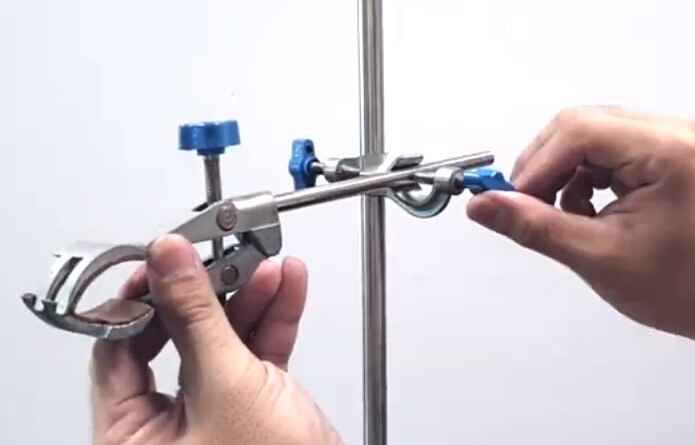
A retort clamp is a versatile laboratory tool used to securely hold and support various lab apparatus, such as test tubes, flasks, beakers, and condensers. It consists of a sturdy metal or plastic frame with adjustable jaws that can be tightened or loosened to firmly grip glassware or other lab equipment.
This clamp is typically attached to a retort stand or lab support rod, providing stability during experiments and preventing accidents. It plays a crucial role in activities like heating substances, conducting chemical reactions, or suspending objects over a Bunsen burner. The retort clamp ensures precision, safety, and stability in various laboratory procedures.
12. Ring Clamps
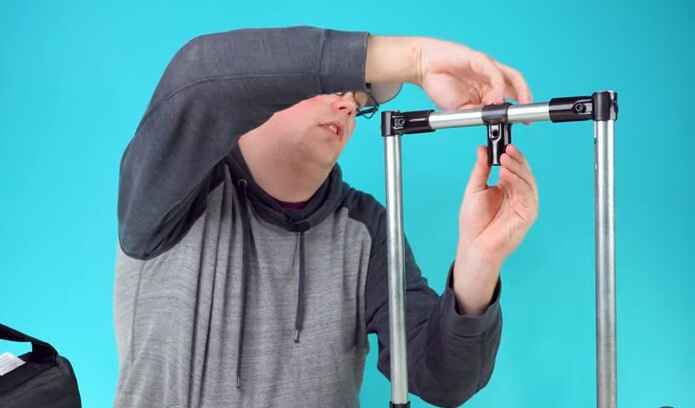
Ring clamps are a type of plumbing clamp used to secure and hold a pipe or tubing in place. They have a metal ring that slips over the pipe or tubing and is tightened down with screws, thereby securing the pipe or tubing in place.
Ring clamps are most commonly used in plumbing applications, but they can also be used in other applications where a secure grip is needed, such as automotive or HVAC work.
13. Ring Stands
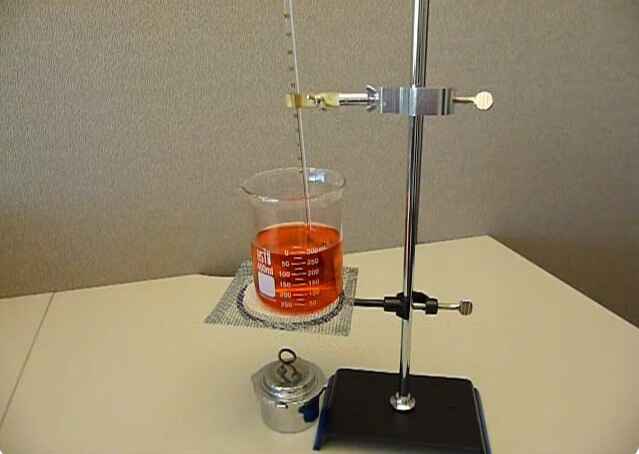
Ring stands are versatile pieces of lab equipment that have several uses. They can be used to support beakers, flasks, test tubes, and other pieces of lab glassware. Ring stands can also be used as bases for Bunsen burners, making it possible to suspend laboratory apparatus in mid-air. Finally, ring stands can be employed as stirring rods by placing a stirring rod through the central hole in the stand's base.
14. Swivel Clamps
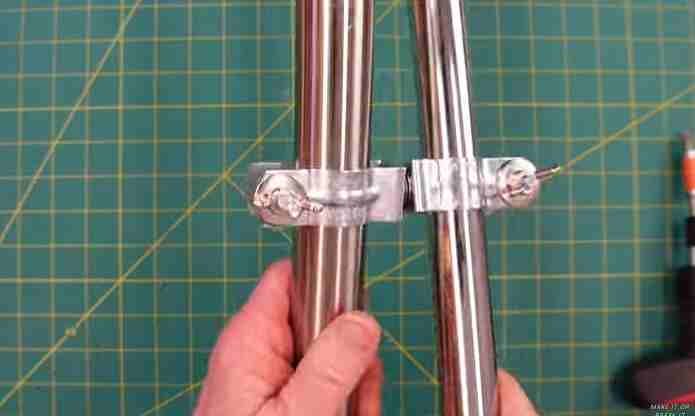
Swivel clamps are a clamp that uses a swivel joint to attach to an object, allowing the user to rotate the clamp around the object. This allows for greater versatility when attaching and securing an object, as it can be attached in different positions depending on what is needed. Swivel clamps are commonly used in woodworking and metalworking projects.
15. Test Tube Clamps
Test tube clamps are devices used to hold test tubes in place. They have a variety of purposes, the most common of which is to keep test tubes from falling over during experiments or when being transported from one location to another.
Test tube clamps can also be used to secure test tubes containing liquids or gases to prevent them from spilling. In addition, some clamps have a small hole in the middle that can be used to suspend a test tube in a liquid bath or heating element.
16. 3 Prong Dual Adjustable Clamps
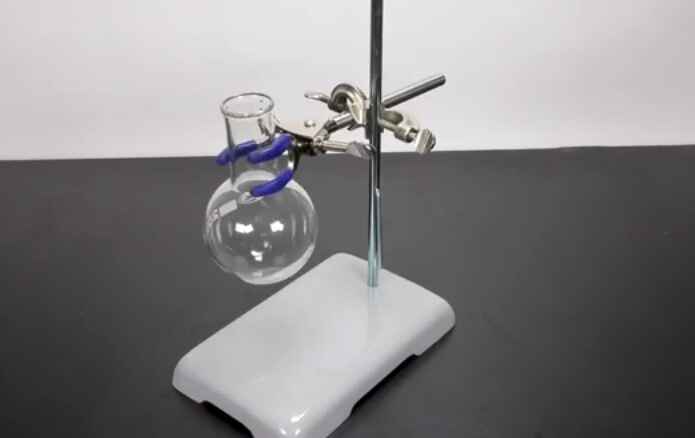
A three-prong dual adjustable clamp is used to hold materials in place for welding, drilling, or other machining operations. The clamp has three points of contact that can be adjusted to fit a variety of shapes and sizes. The clamps are commonly used in metalworking and carpentry applications.
17. 2 Prong Extension Clamps

Two-Prong Extension Clamps are electrical tools that provide a temporary or permanent connection to two electrically conductive objects. A metal connector is inserted between the clamps to create an electrical connection between each object.
The clamps can be attached in several ways, including using screws, bolts, or pressure from the clamps. They are often used in construction or repair work, where an electrical connection is needed, but there is no existing outlet or wiring nearby.
18. Ultra-Flex Support System Clamp
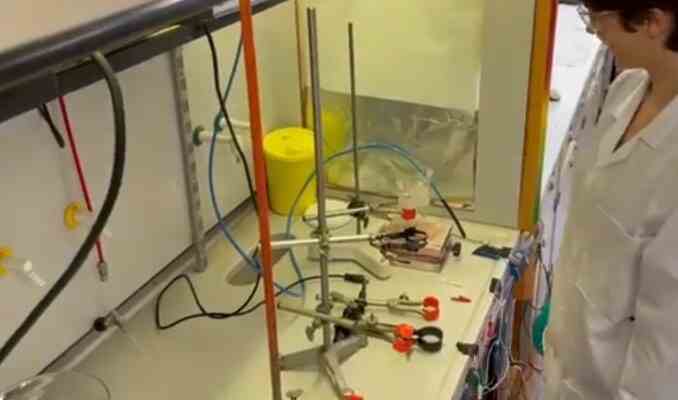
The Ultra-Flex Support System Clamp is a tool that helps to distribute pressure evenly around a pipe. This ensures that the pipe will not break or leak and can also be used to secure pipes. Additionally, this clamp is very easy to use and can be installed quickly and easily.
Related: Hose Clamps: 21 Types and Their Applications
Final Words
There are many different lab clamps available, each with unique benefits and uses. By understanding the various clamp options and how they can be employed in your experiments, you can select the best tools for your needs - ensuring successful results every time. So get out there and start shopping for the right set of clamps for your next project!